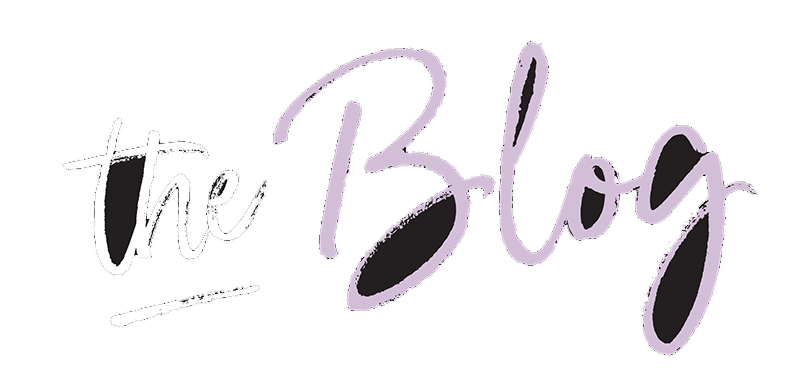I recently returned from the American Society for Aesthetic Plastic Surgery (ASAPS) yearly conference that was held in beautiful Vancouver, British Columbia. I heard about many new treatment options and updates on some that I already use. I am really excited to share this information with you. While some of what I share may seem a little disappointing, it is factual and hopefully will prevent you from choosing treatments that are over-hyped and over-marketed and have minimal to no proven benefit.
While most of us over forty-five would love a quick and simple facial rejuvenation, it was reiterated repeatedly by the experts that there is still no non-invasive facial treatment that effectively lifts or tightens lax skin to any significant degree. Whether the treatment involves laser light, radiofrequency, ultrasound, or intense pulsed light, the results are underwhelming to most surgeons and patients.
Thermage, for instance, which is a type of radio-frequency energy applied to the face, is painful, can lead to excessive shrinkage of fat beneath the skin and drooping of the lower eyelids. Two-thirds of the patients treated saw no or only mediocre results. Ulthera, which is a type of focused ultrasound also has provided what I would call underwhelming results. Patients reported average pain scores of six on a scale of one to ten, and over a third of patients were not satisfied with their results. The post-treatment photos of the patients who were supposedly satisfied with their results were hard for me to distinguish from the pre-treatment photos. While intense pulsed light (IPL) treatments may work for pigmentation in skin or scars, they do not remove wrinkles. If you compare these expensive non-invasive treatments that are described as painful and providing less than stellar results with surgery that is very well-tolerated and provides generally excellent results, the decisions seem fairly clear.
I am asked every week about injecting lower eyelids with filler to correct grooves and disguise bags. I have always felt the thinness of the skin in this area makes it a fairly treacherous target. While there are a few expert injectors that choose to pursue this form of treatment, it is not something that should be taken lightly. I have seen some results from elsewhere that are not good, and I think the risk benefit ratio is not in the right place. I continue to believe this area is better treated with surgery than injections.
On a brighter note, resurgence in the art of skin peeling is occurring. Disenchantment with lasers is growing and driving plastic surgeons to develop more predictable methods to improve the surface texture and appearance of the skin. The first generation of lasers removed wrinkles but led to long recoveries and left excessively white skin behind. New generation lasers provided shorter recoveries and fewer problems with depigmentation, but the results were lackluster. Chemical peels have been around forever, but modifications in the formula of old fashioned deep phenol peels are leading to amazing results in wrinkle reduction and few problems with depigmentation or scarring. These were the most exciting results I saw at the meeting.
On the silicone breast implant front, my predictions are coming to fruition. There is now very good data that shows high definition ultrasound is equal to or better than MRI at diagnosing shell tears in breast implants. While the radiologists are not jumping on this bandwagon due to lower reimbursement for ultrasounds, it will definitely be the way silicone implants are evaluated for wear in the future.
There are many different types of silicone implant shapes. I tend to favor high profile implants as they provide more bra cup fill with less increase in width. This prevents the implant from filling out the outside of the breast or displacing to the outside area of the chest. I was very happy to hear that newer, even higher profile implants are going to be available soon, and even more excited to hear they have very low rates of scar tissue development around them (capsular contracture) and lower revision rates than other types of implants. Large studies have also now supported my long held contention that implants placed through the fold underneath the breast and underneath the chest muscle have the lowest rates of scar tissue formation.
On another over-hyped procedure front, laser assisted liposuction (Smart-Lipo) is starting to fall out of favor. It is being noticed that the addition of heat to the process of removing fat probably does more harm than good, and does not result in significant skin tightening as previously hoped. In the unfortunate event that a dent or contour irregularity develops after this treatment, it is very hard to fix with fat grafting because the heat used to remove the fat causes scar tissue that is hard to fill out. I am very happy I have stayed with super-wet liposuction through the generations of “also-rans” that are falling short of promises.
One of the most exciting things I heard in Vancouver is that the website Real Self has surveyed over three thousand of its cosmetic surgery patient users and determined that those patients who had surgery by surgeons board certified in plastic surgery had better results, higher satisfaction ratings and lower complications than patients who chose to go to cosmetic surgeons. It pays to do your homework and make sure you select a surgeon who is board certified by the American Board of Plastic Surgery.
Categorized in: Announcements/News


